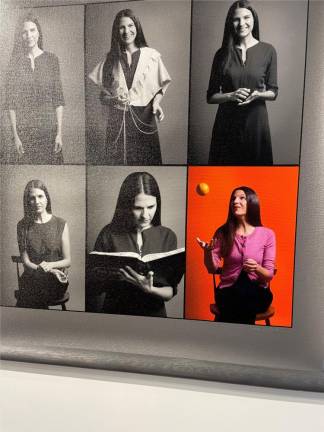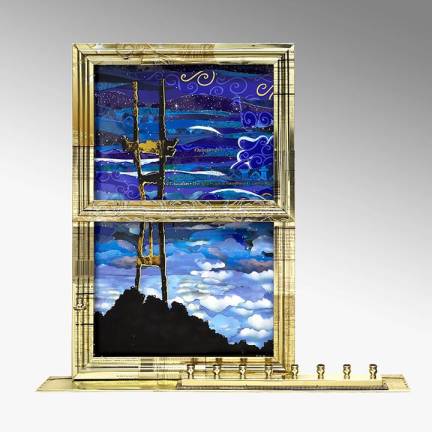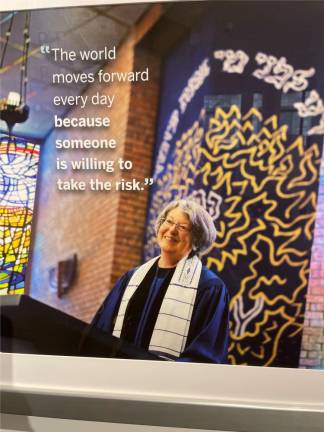A Moment for Women Rabbis
In “Holy Sparks,” female (and Jewish) artists mix storytelling with performance



It started a dozen years ago with Ronda Spinak’s dream of creating something to celebrate women rabbis. She runs The Braid in Los Angeles, formerly known as Jewish Women’s Theatre, which powerfully mixes storytelling with performance. Then, two years ago in New York, she met with Jean Rosensaft , the director of Hebrew Union College’s Dr. Bernard Hiller Museum. Spinak’s idea was combining the words of women rabbis that The Braid had collected — and performed — with female (and Jewish) artists.
The result, called “Holy Sparks,” opens Wednesday night, April 6, with four actresses (two from L.A., two from NY) reading the actual words of 24 rabbis. It will be both live and streamed, and available viewing for another week at huc.edu/fringe. The exhibit will remain open for New Yorkers to enjoy through May 8.
It’s believed to be the first time that women as spiritual leaders have been explored in a collection of this magnitude, and just in time to celebrate a half century since the end of synagogue sexism.
“We hope the exhibition inspires people to explore their own relationship to the spiritual in art, and to think about the stories of women in the rabbinate,” says Spinak, “and how they’ve transformed Judaism. Hopefully, this show will spark further learning.”
Here we learn of the first woman rabbi-chaplain the military. And the personal story of a woman from Germany who, obviously, had a long road to climb. Truly, every rabbi has a tale to tell. And it was up to the chosen artists to turn those stories into a piece of art.
“An Awesome Experience”
For photographer and Upper East Sider Joan Roth, it was a chance to honor Rabbi Sally Priesand. Roth has spent four decades specializing in photographing Jewish women. “This project was an awesome experience for me,” she says, “Can you imagine? Sally was the first woman to be ordained as a rabbi in America. She is the most extraordinary woman ... one who cares more about others than herself, perhaps a trait women bring to the role. For me it was one of my most cherished life experiences.”
The artists were pretty much given free rein to create something that represented the rabbis. “The sponsors of the exhibition provided me with three short video interviews of Rabbi Noa Kushner,” says Hariette Estel Berman. “My artwork was in response to a few sentences from the interviews. Rabbi Kushner started an organization in San Francisco called ‘The Kitchen.’ I think this is one of the reasons that I was invited for the exhibition. I have a long history of making sculptural domestic appliances to speak about women’s roles in society.”
Today, New York — like the world — has no shortage of women rabbis. Many started long before it was acceptable, let alone commonplace. Angela W. Buchdahl, of Central Synagogue, says, “I had great role models and mentors. But my first trip to Israel really made me want to become a rabbi. It has not always been welcoming. I have faced bias, sexism, and racism but I have had so many more people who have supported me. I know that I stand on the shoulders of many women who came before.”
Rabbi Judith Edelstein, of West End Synagogue, says she is thrilled to be in such now-normal company. “As a rabbi who was ordained 25 years ago, I have seen a dramatic increase in the number of women entering the rabbinate, both in the liberal movements and more recently even in the Modern Orthodox community. It strikes me that generally women rabbis enhance Jewish life for their congregants and in other public realms because they offer an emotional and spiritual connection to Judaism in addition to the ritual and intellectual components.”
Yet another ceiling shattered and 50 years later, it seems the right time to pay homage.
Michele Willens’ essay collection is called “From Mouseketeers to Menopause.”